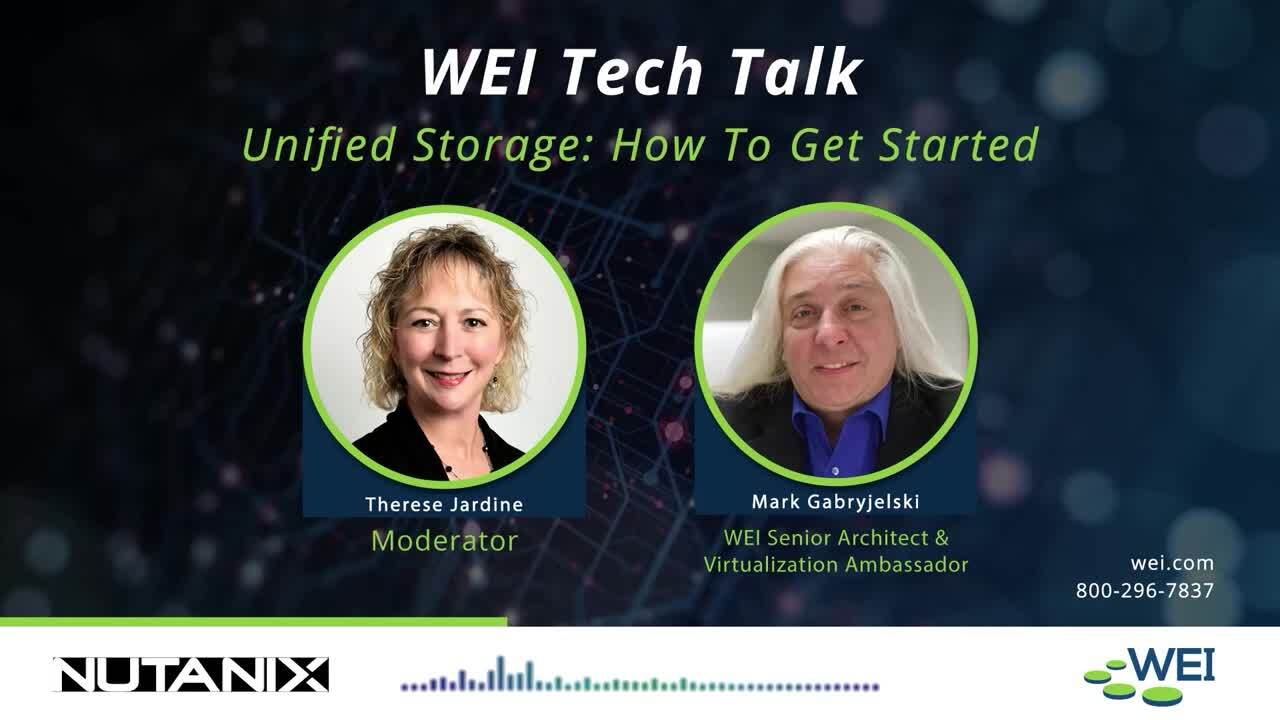 Disasters come in all shapes and sizes. From natural catastrophes like floods and fires to cyberattacks and hardware failures, unexpected events can cripple a business’s operations. These seismic events cause downtime – which equates to lost revenue, damaged reputations, and a potential competitive disadvantage.
Disasters come in all shapes and sizes. From natural catastrophes like floods and fires to cyberattacks and hardware failures, unexpected events can cripple a business’s operations. These seismic events cause downtime – which equates to lost revenue, damaged reputations, and a potential competitive disadvantage.
This is where disaster recovery (DR) comes in. Regardless of your business environment – physical, virtual, or cloud-based – we’ll outline how you can craft a well-defined DR plan to ensure you can bounce back quickly from disruptions, and minimize downtime and its associated costs.
Downtime Is Expensive
Unplanned downtime causes significant financial impact in multiple areas of a business. This leads to:
- Lost productivity
- Increased customer dissatisfaction because they can’t access essential services, which could lead to customers switching to a competitor.
- Potential legal repercussions, depending on the nature of your business and the impact of the outage.
Beyond the immediate financial hit, as revealed by a Gartner study, downtime inflicts long-term damage on your reputation. This is why a proactive and robust DR strategy is essential to significantly reduce the risks associated with outages.
Tailoring DR Strategies For Optimal Recovery
An effective DR plan goes beyond a one-size-fits-all approach. It hinges on two key elements: prioritizing critical business functions and carefully assessing them. When conducting this assessment, consider classifying your workloads into three tiers.
- Tier 1: Mission-Critical Applications – These are the heart of your business, responsible for core functions like sales processing or financial transactions. Recovery for Tier 1 applications needs to be swift and seamless, often within minutes of an outage.
- Tier 2: Important Applications – These applications support daily operations but aren’t mission-critical. Think of email servers or internal communication tools. Recovery for Tier 2 applications can be less immediate but should still be prioritized.
- Tier 3: Non-Critical Applications – These are applications used infrequently or for non-essential tasks. Backups are sufficient for Tier 3 applications, with recovery times being less time-sensitive.
Categorizing applications allows you to tailor an effective DR strategy. This ensures you focus resources and recovery plans on the most critical applications, enabling a faster and more efficient overall recovery.
Cloud DR: A Cost-Effective And Flexible Solution
Powering public cloud providers such as AWS and Azure, Nutanix offers reliable DR solutions for business continuity. It’s not just limited to cloud-based applications, though, as this solution is also applicable to both physical and virtual business environments.
Cloud DR solutions offer seamless integration with virtual environments. This means your virtual machines (VMs) can be easily replicated and activated in the cloud during a disaster. This ensures a swift recovery of your applications and data.
For physical environments, cloud DR utilizes software agents installed on physical servers. These agents continuously replicate server data to the cloud, guaranteeing a recent copy is always available for restoration in case of an outage at your physical location.
Some cloud providers even offer bare metal recovery options. This allows you to recover your physical servers onto virtual machines (VMs) hosted in the cloud. This approach is flexible and gets your physical systems back online faster.
Regardless of the business environment, cloud-based disaster recovery (DR) offers several advantages that transform your strategy:
- Effortless Scaling: Cloud resources can be adjusted on-demand to meet specific recovery needs. This eliminates the need for excess on-premises infrastructure, saving you money during normal operations.
- Cost-Optimization: The cloud’s pay-as-you-go model eliminates upfront capital expenditure on hardware and DR infrastructure. You only pay for the resources you use, leading to significant cost savings.
- Geo-dispersed Protection: Cloud providers offer data centers scattered across various geographical locations. This allows for swift failover to a secondary site in case of a disaster, minimizing downtime.
- Remote Management Flexibility: DR sites hosted in the cloud can be set up and managed remotely. This eliminates the need for dedicated IT staff at the secondary location, streamlining your DR operations.
Overall, cloud DR offers a versatile solution for protecting both physical, virtual, and cloud-based business environments. It simplifies DR management, reduces costs, and ensures faster recovery times during disruptions.
Nutanix Clusters And NC2 For Seamless DR
Nutanix, through Nutanix Clusters and Nutanix Cloud Clusters (NC2), is a terrific option for disaster recovery because it offers several advantages over other cloud providers. Nutanix Clusters is the core offering that provides an on-premise hyperconverged infrastructure (HCI) solution combining computing, storage, and virtualization.
Meanwhile, NC2 allows you to run Nutanix Clusters not just on-site, but also in the cloud, with consistent management experience across both environments. This lets you leverage the familiar Nutanix functionality even when expanding your infrastructure to the public cloud.
The benefits of utilizing both Nutanix Clusters and NC2 are:
- Simplified Disaster Recovery to Public Clouds: NC2 extends the Nutanix environment to public clouds like AWS and Azure, creating a hybrid multi-cloud platform. This makes it easy to replicate your data and failover to the cloud in case of a disaster. Nutanix DR solutions use a tool called Nutanix Cloud Connector (NCC) to handle this process smoothly. NCC orchestrates the failover between your on-site environment and the public cloud you're using for DR.
- Perfect for Cloud Migration: The familiar Nutanix platform simplifies the transition and minimizes disruption to existing processes. Businesses leverage their existing Nutanix expertise to manage their cloud DR environment.

Beyond The Cloud DR Tools
While cloud resources like Nutanix can be a powerful DR tool, a successful plan requires more than just the adoption of technology. Each organization should also consider the following best practices:
- Identity And Access Management (IAM): Strong IAM protocols ensure that only authorized users can access critical systems during a disaster recovery event. Multi-factor authentication and least-privilege access controls are crucial for safeguarding your data.
- Network Connectivity: Reliable and secure network connections between your on-premises environment and the cloud are essential for seamless failover. Our team of experts at WEI can assist you in designing and implementing a resilient network infrastructure to support your DR strategy.
- Cloud Security: Implement robust security measures to protect your data in the cloud, including encryption and access controls.
Final Thoughts
Recent outages highlight the importance of protecting your business and data. Cloud-based DR tools offer significant benefits, but they are most effective when paired with meticulous planning.
WEI understands that an effective DR strategy requires a solid foundation as our team simplifies cloud DR. We tailor solutions that seamlessly integrate with your existing infrastructure, handling the intricate setup process for a smooth transition. Our services also extend beyond DR to cover VDI, data center modernization, and more.
WEI's deep technical bench is equipped to assess your specific requirements and assist you in choosing the optimal solution from our diverse cloud DR portfolio. Contact us today to schedule a consultation with our experts and ensure business continuity in the face of any unforeseen disruption.
Next Steps: When considering the implementation of unified storage, WEI has identified two main options for enterprises to consider: a web-based sandbox or rolling out on-prem. Each approach offers distinct advantages, and businesses should choose the option that best aligns with specific needs and business objectives. Listen as WEI's Senior Architect & Virtualization Ambassador, Mark Gabryjelski, explains.













